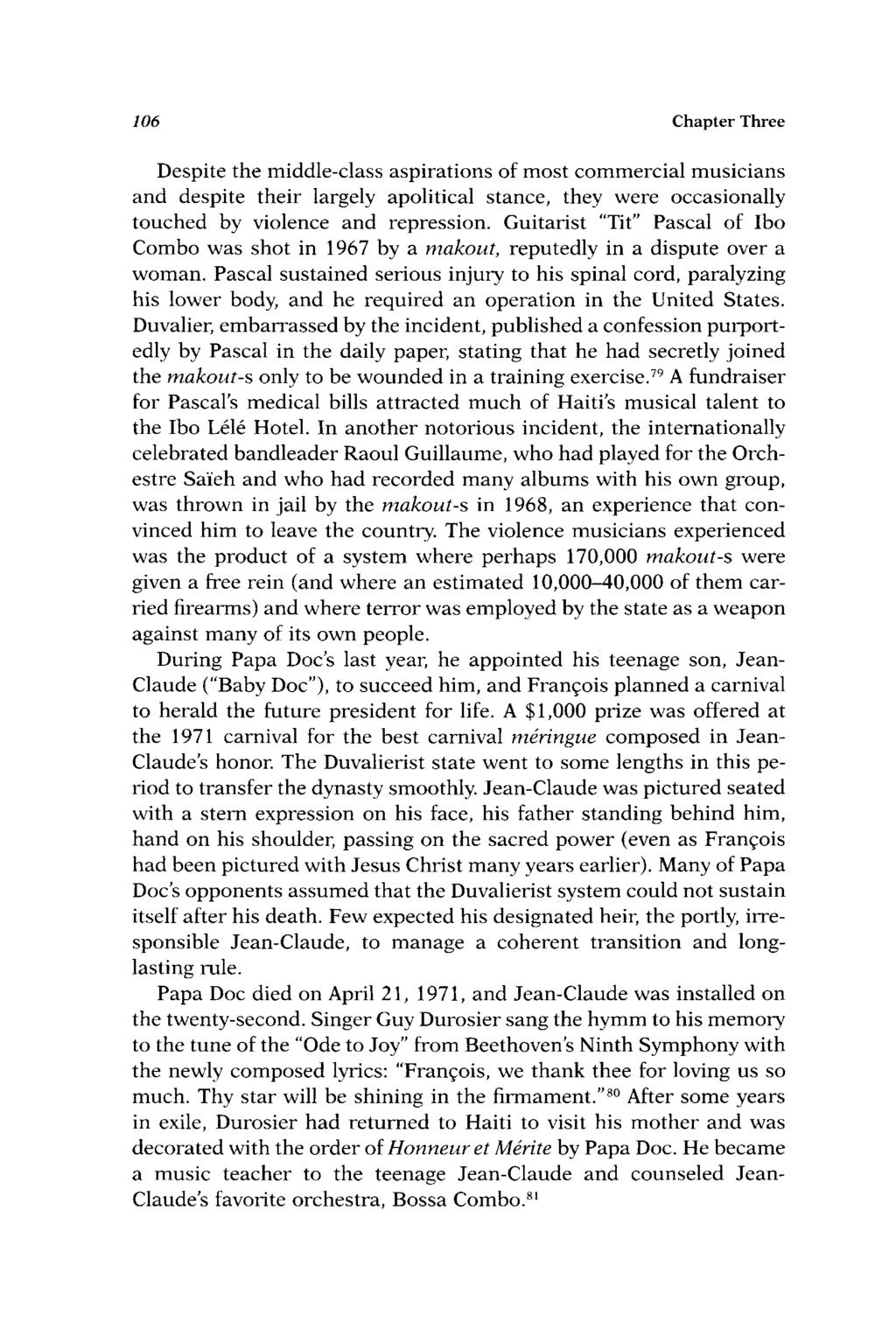
The theatrical mask contemplated by a putto on the Beethoven monument by Kaspar von Zumbusch (Vienna, 1880) commemorates Beethoven's sole opera in the city where it made its debut.įidelio itself, which Beethoven began in 1804 immediately after giving up on Vestas Feuer, was first performed in 1805 and was extensively revised by the composer for subsequent performances in 18.

Beethoven continued to live at the Theater an der Wien for some time after he had abandoned Vestas Feuer for Fidelio, and was eventually freed from his obligations to Schikaneder after the latter was fired from his post as theater director in 1804. The time Beethoven spent on Vestas Feuer was not entirely wasted, as two important numbers from Fidelio, Pizarro's "'Ha! Welch' ein Augenblick!" and the duet "O namenlose Freude" for Leonore and Florestan, both originated as music for Vestas Feuer. He spent about a month composing music for it, then abandoned it when the libretto for Fidelio came to his attention. Beethoven was to set a new libretto by Schikaneder, entitled Vestas Feuer however, this libretto was not to Beethoven's liking.
#Parol chante fidelia free
The contract included free lodging for Beethoven in the apartment complex that was part of Schikaneder's large suburban theater, the Theater an der Wien. The distant origin of Fidelio dates from 1803, when the librettist and impresario Emanuel Schikaneder worked out a contract with Beethoven to write an opera. The work has a long and complicated history of composition: it went through three versions during Beethoven's career, and some of the music was first written as part of an earlier, never-completed opera.

The following year, Stephan von Breuning helped shorten the work from three acts to two. The German libretto was originally prepared by Joseph Sonnleithner from the French of Jean-Nicolas Bouilly, with the work premiering at Vienna's Theater an der Wien on 20 November 1805. 72, is Ludwig van Beethoven's only opera. Final version at Kärntnertortheater, Viennaįidelio ( / f ɪ ˈ d eɪ l j oʊ/ German: ), originally titled Leonore, oder Der Triumph der ehelichen Liebe ( Leonore, or The Triumph of Marital Love), Op.

First two premieres at Theater an der Wien, Vienna.


 0 kommentar(er)
0 kommentar(er)
